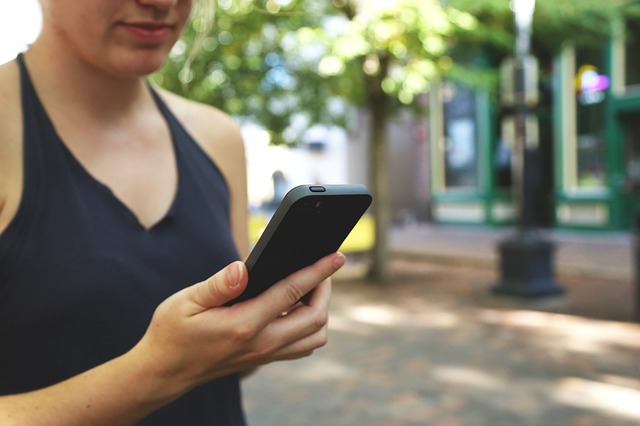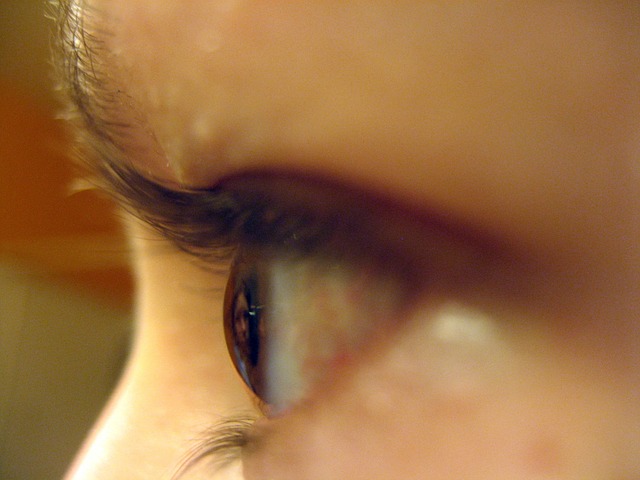A new generation of mobile phones – and possibly some tablets – are to be fitted with the same electromagnetic proximity sensors that are found in most modern cars to help the driver of a car to park. It is clear that the industry has taken note of the fact that movement, i.e. getting from A to B on foot, doesn't deter everyone from carrying on using their handheld devices. “However the user is constantly having to look up in order to navigate their environment.” said Yokushiri Moto a technology sector analyst. “This new hardware, from the prototype demonstrations we have seen, coupled with some pretty smart software, alerts the user to what is happening around them. The sides and front corners on the screen of the handheld device have radial hazard icons whose strength and colour changes according to how close you get to other objects. This will enable people to continue to use their devices without looking up from the screen whilst avoiding colliding with obstacles or other people.”
"This technology will allow anyone, after a minimal amount of practice, to read and walk anywhere at the same time: on a busy street, on a mountain path, or even through an office or shopping mall." explained Tomas Jucar, a spokesman for the manufacturer, Footfore. "We also plan on introducing a pedestrian Sat Nav. This will be able to be placed on the head or shoulder and can be programmed with any destination just like the Sat Navs found in cars. Our GPS Pediroute-Finder will then project a low intensity laser image on the pavement a yard or so in front of the stride. The image will consist very simply of an arrow which will point you forward, left, or right until you reach your destination".


 Call for additional royal families
Call for additional royal families
 'Rose tinted' lenses to go on sale
'Rose tinted' lenses to go on sale